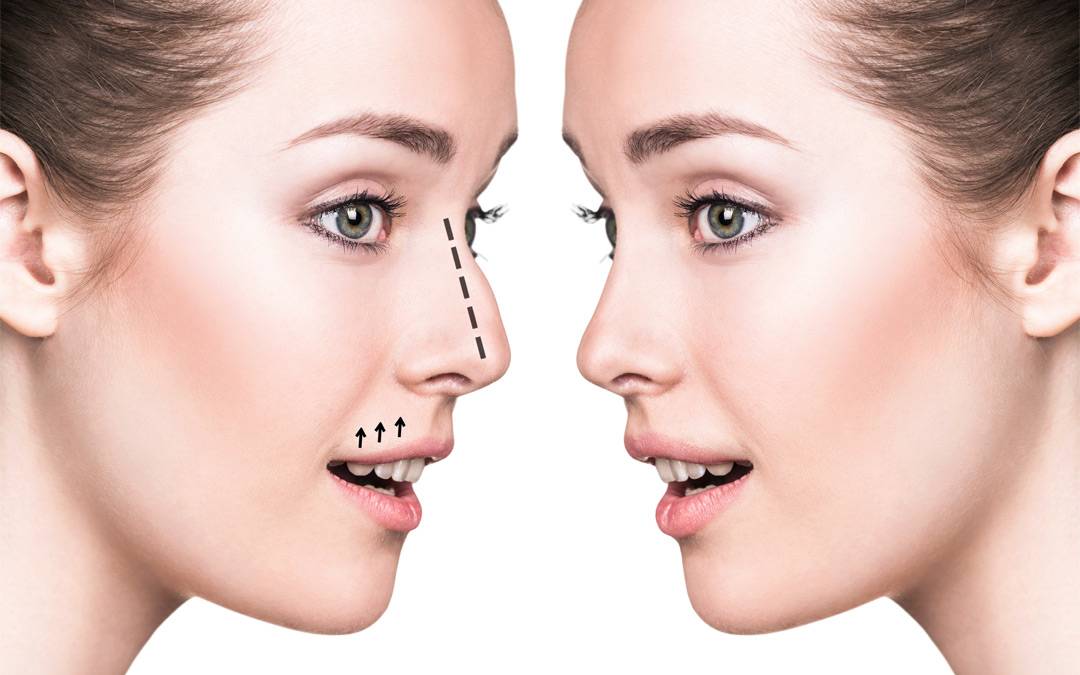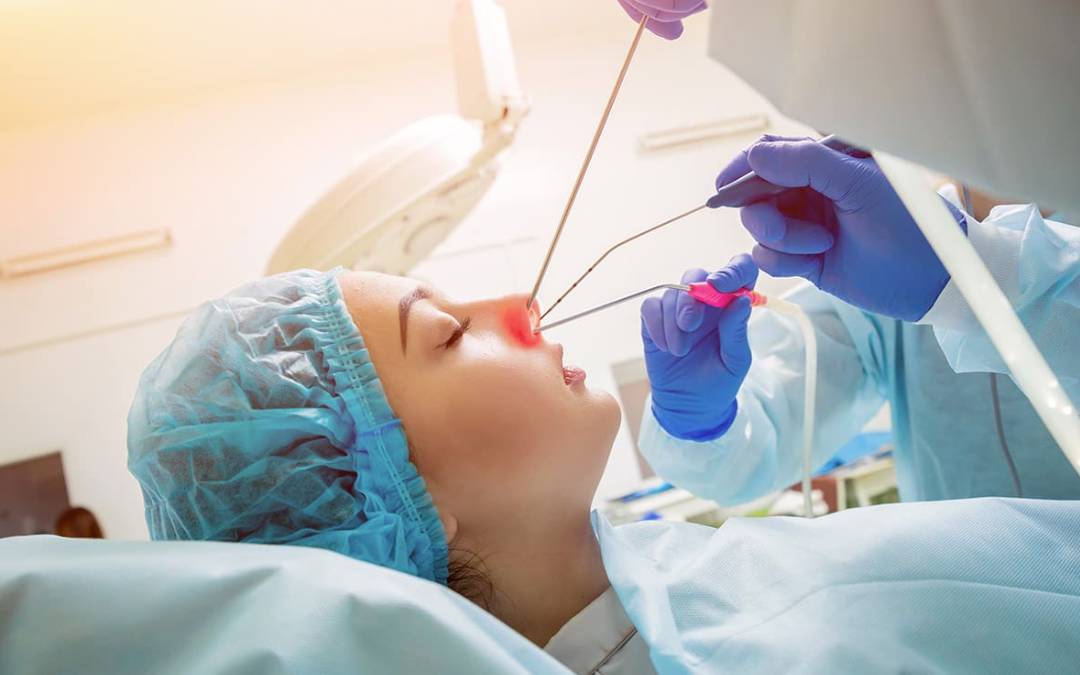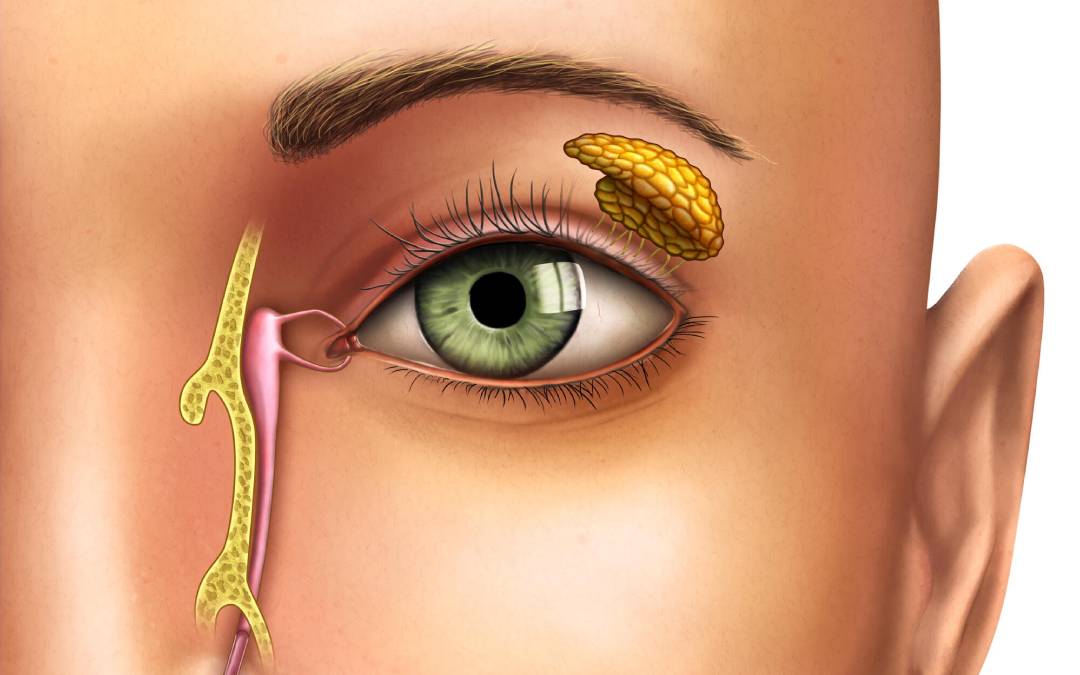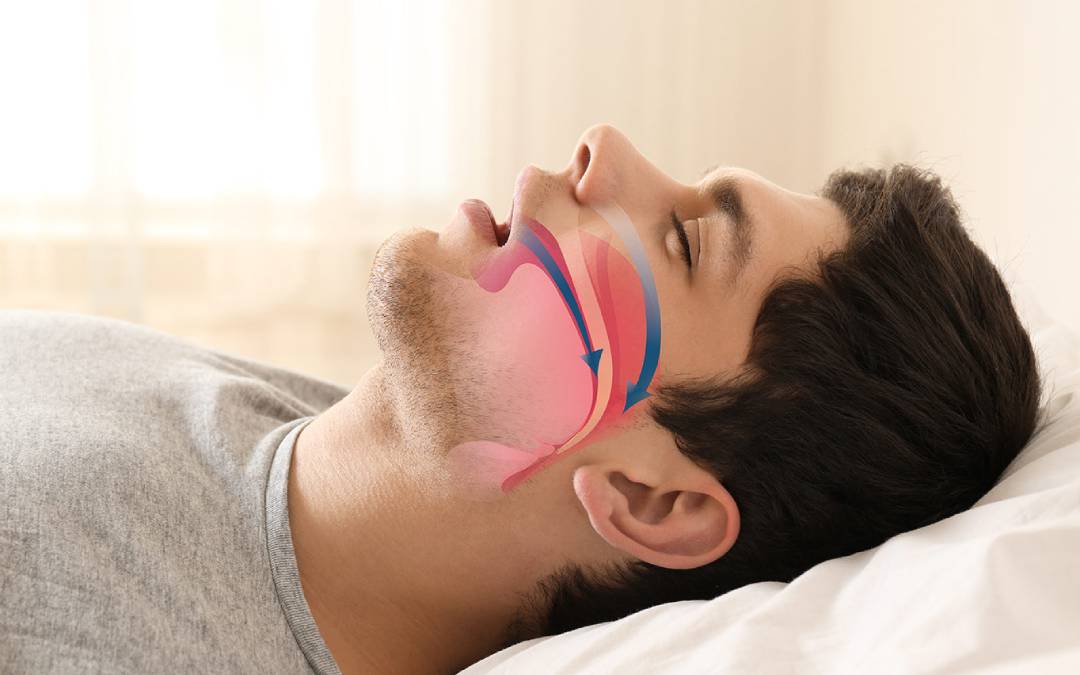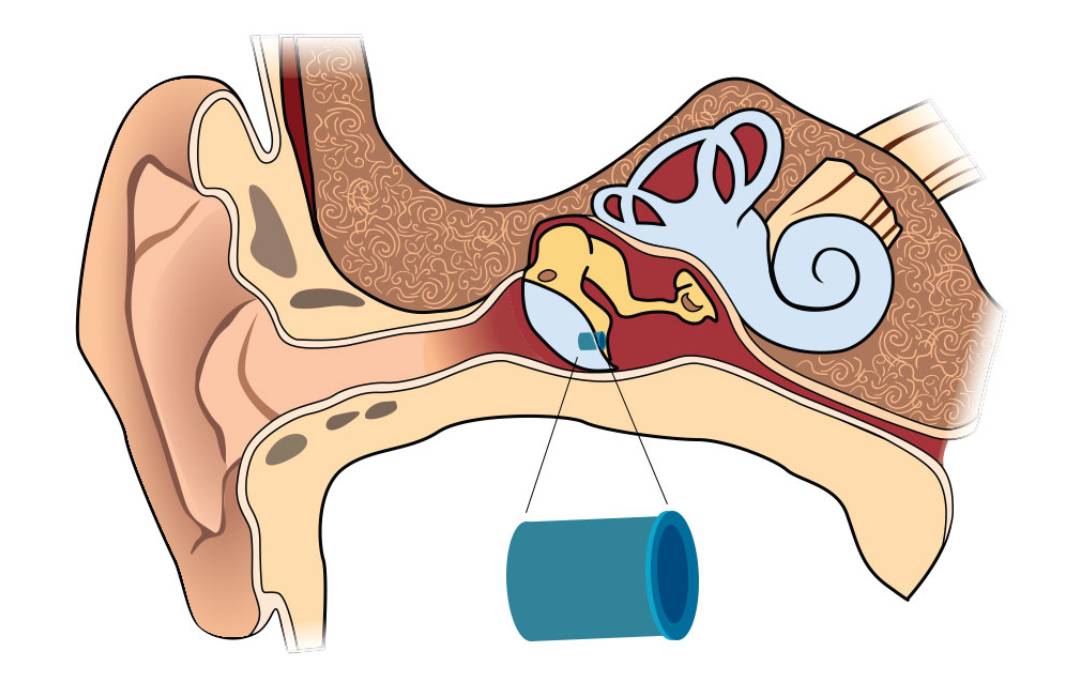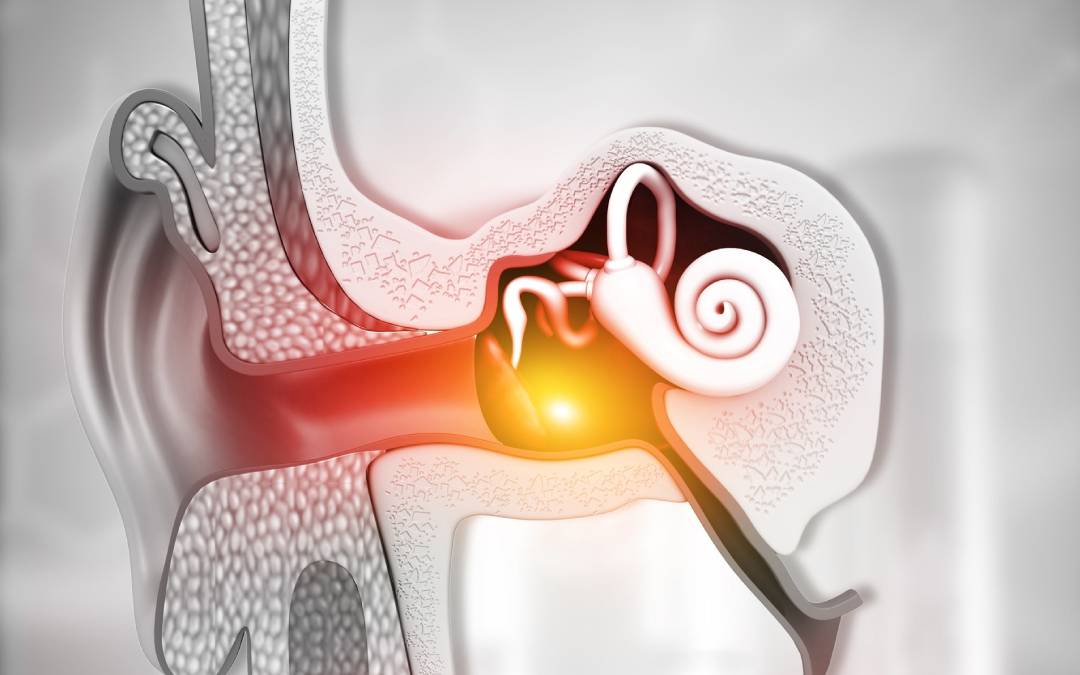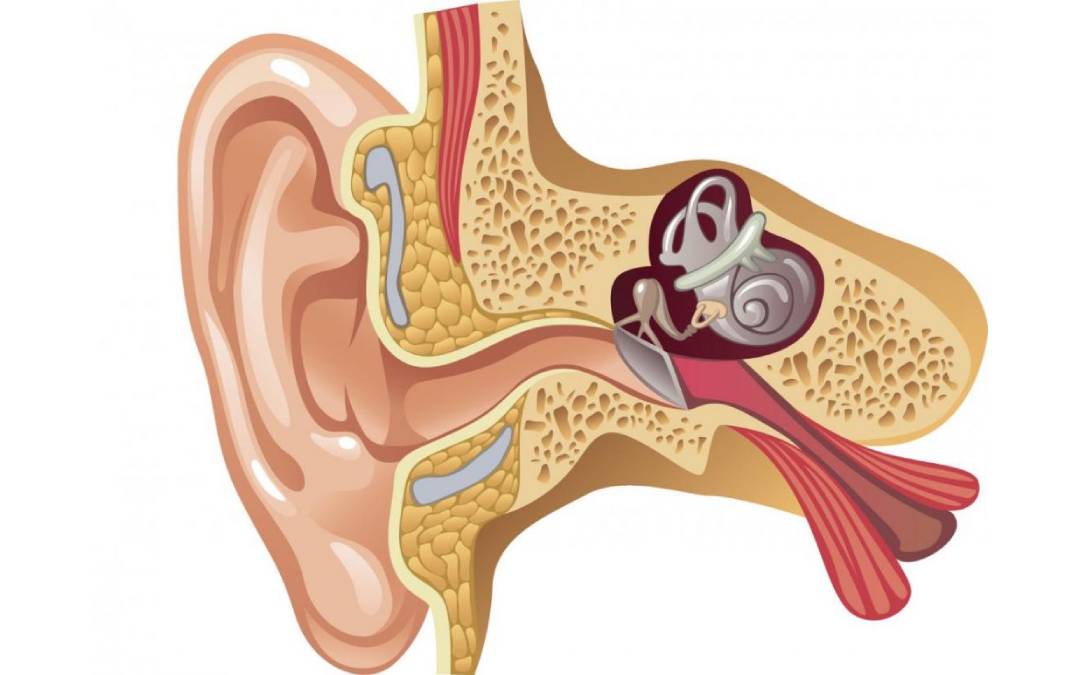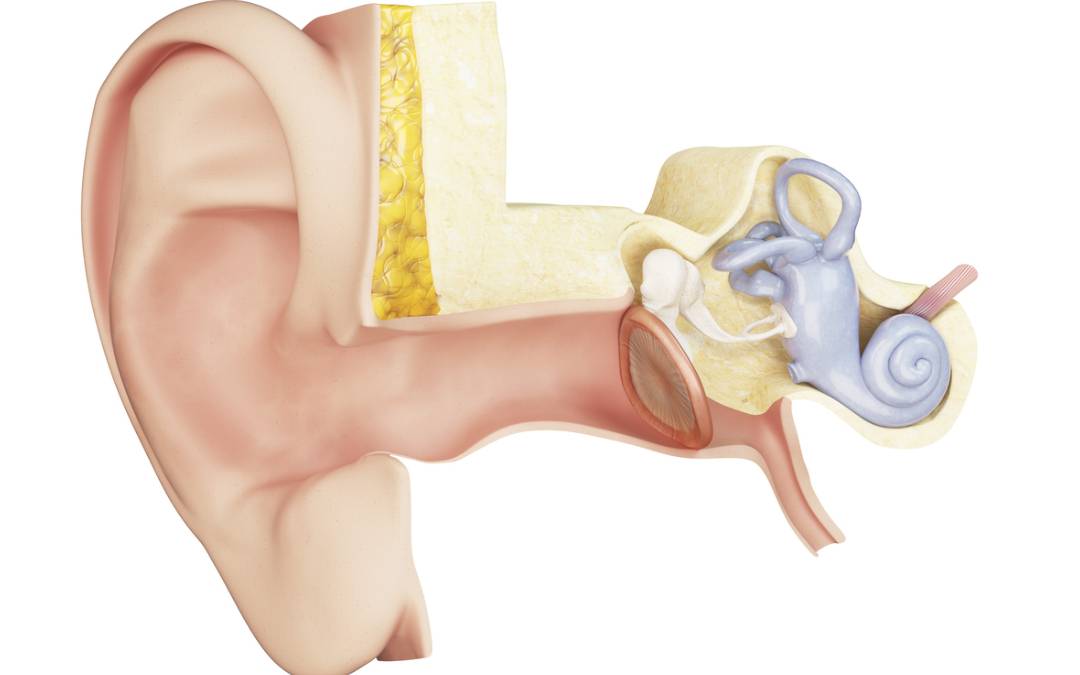
KULAK ZARI AMELİYATI
Kronik orta kulak problemlerinde uygulanan Timpanoplasti ameliyatı teknik olarak orta kulakta ve mastoid kemik içindeki iltihabın temizlenerek kulak zarı ve orta kulaktaki işitme sisteminin onarılması işlemidir. Ameliyat hastalığın boyutlarına göre sadece kulak zarındaki deliğin onarılması (Miringoplasti), zar onarımı ile birlikte orta kulaktaki ses iletimini sağlayan kemikçik sisteminin onarılması (Timpanoplasti), mastoid kemik içine ilerlemiş iltihabın temizlenmesi (Mastoidektomi) ya da bu ameliyatların kombinasyonu (Timpanomastoidektomi) şeklinde yapılabilmektedir.
Kulak Ameliyatı Olmak Mutlaka Gerekli midir?
Problemin kulak zarındaki delik ile sınırlı olduğu durumlarda sadece kulağın sudan korunması ile iltihaplanmalar izlenmiyorsa ameliyat hastanın tercihi doğrultusunda yapılmaktadır. Basit zar deliklerinde işitme kaybı %30 civarında olup bu hastalar mutlaka ameliyat olması gereken grupta değillerdir. Buna karşın kolestatoma gelişmiş, orta kulak ve iç kulak kemiklerini eriten iltihap varlığında hayati tehlikelere varan sorunlar olabilme ihtimali mevcut olup bu hastaların mutlaka ameliyat olmaları gerekmektedir.
Timpanoplasti Ameliyatı Ne Zaman Yapılır?
Basit kulak zarı değişimi ameliyatlarının ideal zamanı 12-14 yaşından sonra önerilmekle birlikte ilerlemiş iltihap olabilecek hastaların her yaşta ameliyat olmaları (bazen acil şartlarında) zorunluluk arz etmektedir.
Timpanoplasti Ameliyatı Hangi Durumlarda Yapılır ve Faydaları Nelerdir?
Zarda delik olan kulağın sudan korunmasına ve veya burun ve sinüs bölgesinde enfeksiyon odağı olmamasına rağmen tekrarlayan kulak akıntıları olması halinde hem hayat kalitesini artırmak hem de işitme kaybının ilerlemesini ve iltihaba bağlı komplikasyonların oluşmasını önlemek amacı ile zardaki delik kapatılabilmektedir. Belirgin işitme kaybı olan hastalarda aynı ameliyatta sesi ileten kemikçiklerdeki problemleri düzeltilebilmektedir. Bu amaçla çeşitli cerrahi teknikler mevcuttur. Bu tekniklerle kıkırdak, kemik greftler ya da orta kulak protezleri kullanılabilir. Orta kulak ve mastoid kemik içerisinde kolestatoma adı verilen ve kemiği eriterek ilerleyen iltihaplı dokunun saptanması durumunda mümkün olan en kısa zamanda ameliyat ile bu iltihabın temizlenmesi gerekir. Kolestatomalı hastalarda işitme sisteminin korunması veya onarılması ikinci öncelikte olup asıl amaç yüz felci, iç kulak kaynaklı işitme kaybı ya da kafa içi komplikasyonların (menenjit, beyin apsesi vb) oluşmasına fırsat vermeden iltihabın temizlenmesidir.
Ameliyat Tekniği Nasıldır?
Ameliyatın tekniğe karar verilirken hastalığın durumu, deliğin zar üzerindeki yeri, kulak kanalının yapısı, ameliyat sırasında mastoid kemiğe müdahale yapılıp yapılmayacağı, cerrahın ve nihayet hastanın tercihleri etkili olmaktadır. Ameliyat sırasında orta kulak ve mastoid kemikte, mikroskop altında birbirinden çok farklı cerrahi teknikler uygulanmasına karşın hasta ve yakınlarının ameliyata dair görebildikleri ciltteki kesi ile sınırlı olduğundan sıklıkla bu konuda sorular sorulmaktadır.
Timpanoplasti ameliyatı kulak kanalı içinden, kulak kepçesi ön kısmından veya kulak arkasından yapılan kesiler yolu ile gerçekleştirilebilmektedir. Sadece zardaki ufak bir deliği onarmak için kulak kanalı içinden veya kulak kepçesi ön kısmından ameliyat yapılabilirken, mastoid kemiğe müdahale gereken durumlarda kulak arkasından kesi tercih edilmektedir. Bu konuda ameliyatı yapacak cerrahın tercihi asıl karar verdirici faktördür. Kulak zarının onarılmasında en sık kullanılan doku şakak adelesinin kılıfıdır. Bu doku cerrahi sahaya yakın olduğundan ameliyat sırasında kolayca temin edilebilmektedir. Kulak kanalı önündeki kıkırdağın zarı ya da hazır materyaller (uygun işlemlerden geçirilmiş, steril kulak veya kıkırdak zarı parçaları gibi materyaller) de kullanılabilmekle birlikte en güvenilir ve ekonomik yöntem hastanın kendi dokularıdır.




